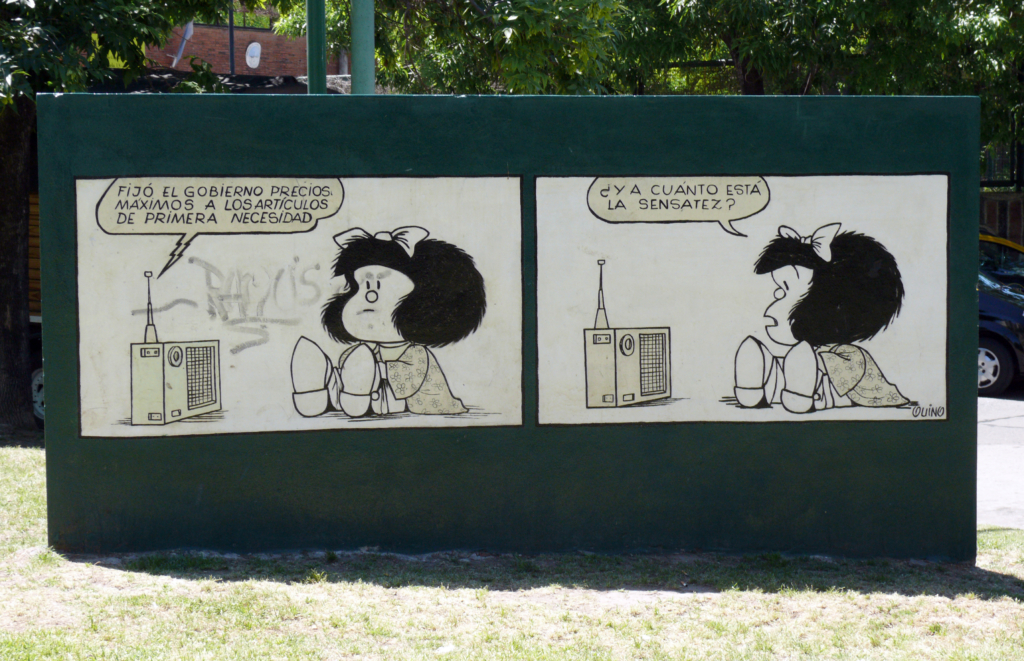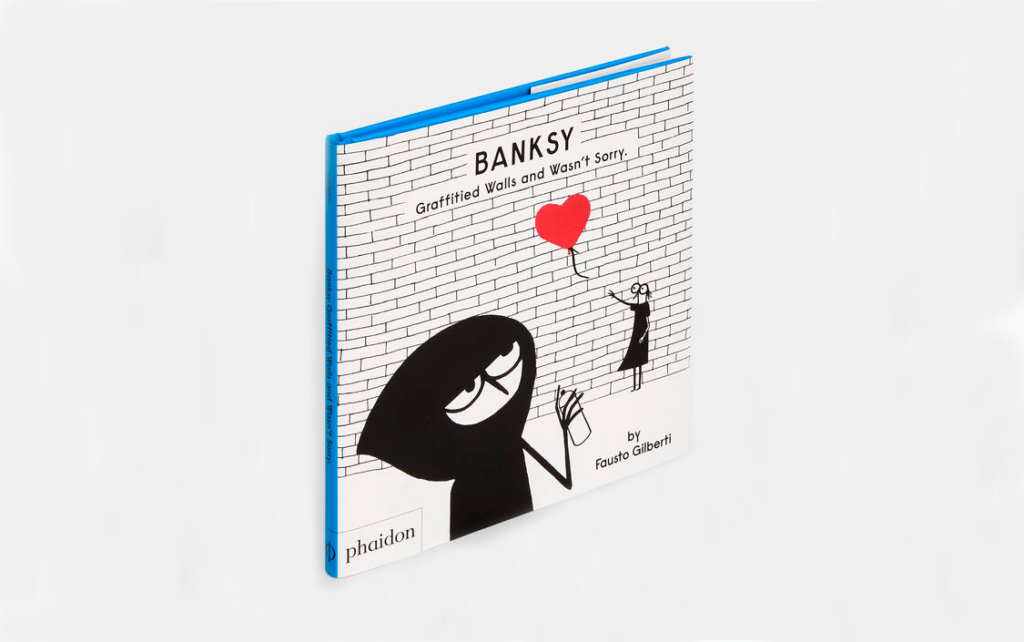Children are co-creators of the digital future
Propaganda can be positive when addressing big social problems through activism
In the complex age of digital advertising, it is essential to enable and empower children
As I pronounced the word “Propaganda” I’ve sparked a great deal of interest in my daughter. It’s a complex concept, capable of shaping contemporary social narratives. Understanding it is vital for democracy.
During elections, propaganda emerges in conversations; outside of political periods, the topic is relegated to historical contexts. However, propaganda, or the deliberate propagation of ideas with the aim of influencing and manipulating public opinion, has found new ways of acting in digital media.
Digital propaganda exists in advertising content and social networks, using technologies such as artificial intelligence to create synthetic images, audio and videos, resulting in deepfakes and fake news. Segmented into demographic groups and interests, it increases its impact and effectiveness. Children are a group vulnerable to persuasion and disinformation; games, apps and video channels are just some of the environments where they come into contact with digital propaganda.
Despite their critical role and daily presence in contemporary society, propaganda and activism are not integrated across the educational curriculum.
How can we equip children to understand and deal with propaganda?
Children are co-creators of the digital future. We urgently need to equip them with technological education and digital literacy and get involved in the development of school policies to guide them effectively and consistently at the school/home interface. Some ways to explain “propaganda” to children:
— Co-analysis: carrying out analyses together and identifying the author, objective and point of view, encouraging them to express their views and reason from different points of view;
— Multidimensional thinking: stimulating intellectual curiosity and critical thinking, working on the ability to understand a topic from different perspectives;
— Media and visual literacy: helping children to understand media and advertising, identify symbols, logos and analyse textual and graphic messages;
— Concrete examples: people and activist movements that arouse children’s interest, encouraging them to reflect and deconstruct messages;
— Creating propaganda: through drawings, videos, presentations or simple digital campaigns, so that they understand the techniques and processes involved.
Propaganda can be positive when addressing big social problems through activism
Mafalda was a 6-year-old activist who hated soup, was outraged by the injustices of the world and was a fierce defender of human rights. In 1977, Mafalda illustrated a worldwide Unicef campaign for the Universal Declaration on the Rights of the Child.

Image of “Plaza Mafalda” in Buenos Aires, Argentina, 2011 © Clara Vieira Rodrigues
There are inspiring examples of real children and young people: Greta Thunberg, the famous environmental activist against climate inaction; Jack Andraka, an activist and scientist who, at the age of 15, developed a revolutionary tool for oncology; in Portugal, the Youth for Climate Justice group, including the youngest, aged 11, and the Fridays for Future collective of young activists.
In art, Bordalo II against consumerism, Banksy for social justice, Ai Weiwei for freedom of expression and Yoko Ono for peace.
Children are agents of change, they have the power to make a difference and positively influence society. In the early 1990s, I was an activist in primary school for “smokebusters”, a project run by The Portuguese Cancer League, in which my classmates and I were agents with the mission of combating smoking and promoting health education. Small actions like this can have a big impact when done with determination and purpose, I have never smoked.
Conclusion:
In the complex age of digital propaganda, it is essential to enable and empower children to be co-creators of the digital future, promoting critical thinking and digital literacy. By supporting their actions and training their skills, children become active agents of change, exercising their rights and protecting themselves from the negative influence of propaganda.
Activism is a way of building an inclusive future, where children play a fundamental role in co-creating a fairer and more equitable society and becoming a generation capable of facing the challenges of the digital world with discernment and responsibility.
I invite you to get to know my activism project, co-created with more than 250 children and young people aged 3 to 16, entitled “We have rights, we design the future”, organised by the DESIGNEDIN project and the Designing for Children’s Rights association.
All images © Clara Vieira Rodrigues
This article was published in Portuguese in the newspaper PÚBLICO.
Links:
Examples of visual propaganda with templates to create your own version (please be aware of the terms of use minimum legal age)
UNICEF Campaign for the Universal Declaration on the Rights of the Child, illustrated by Quino in 1977
and in our Resources page

Banksy Graffitied Walls and Wasn’t Sorry
Link to the bookstore
